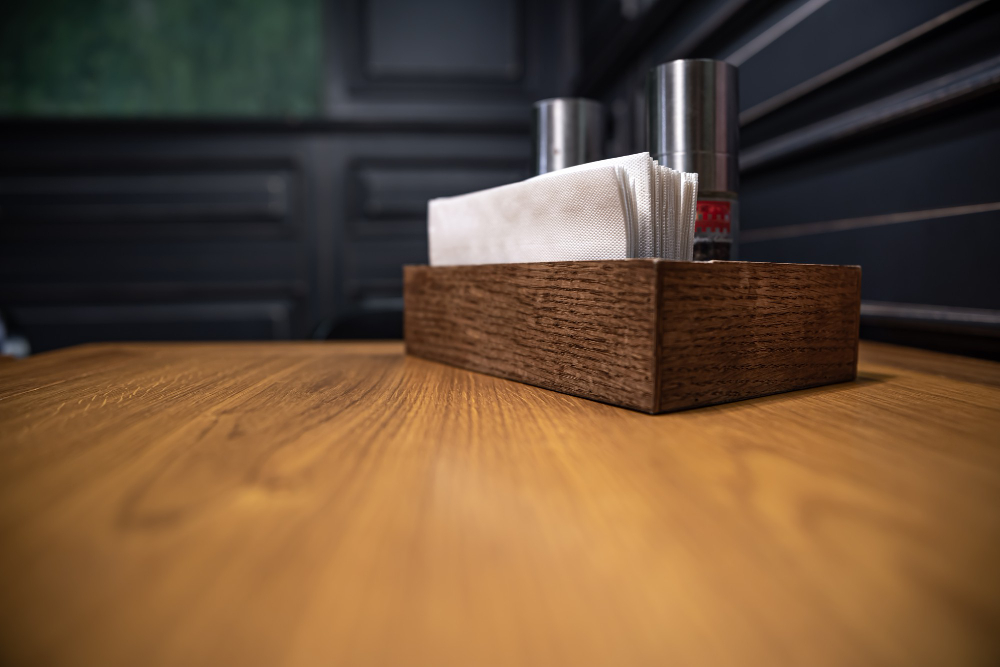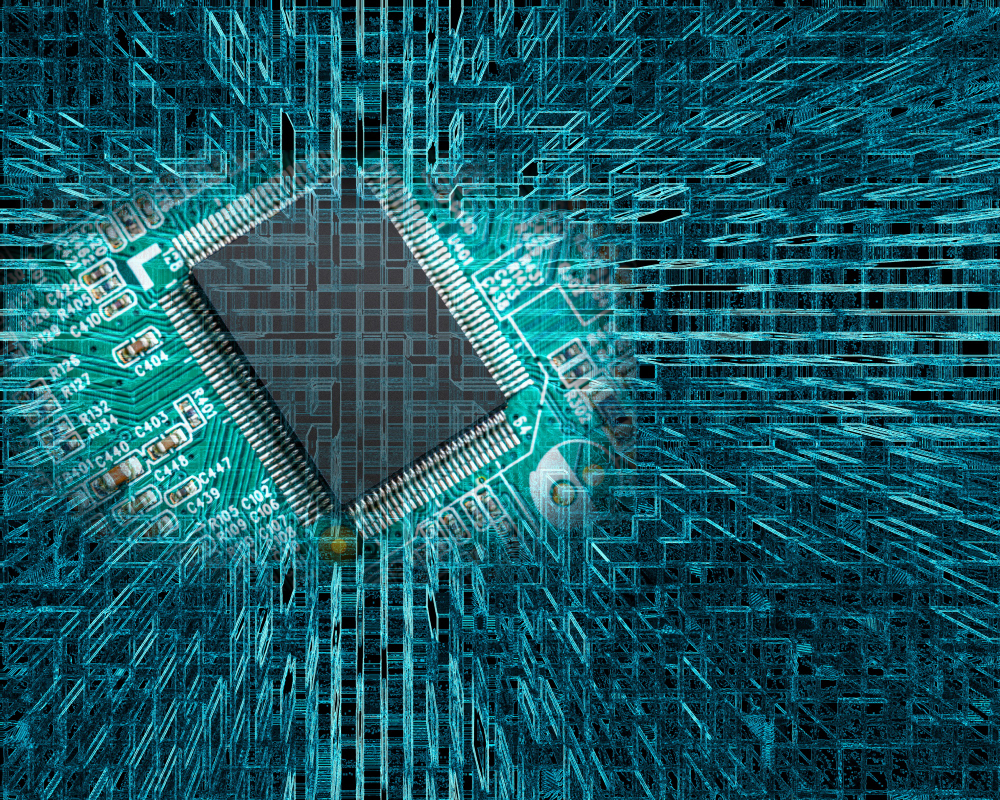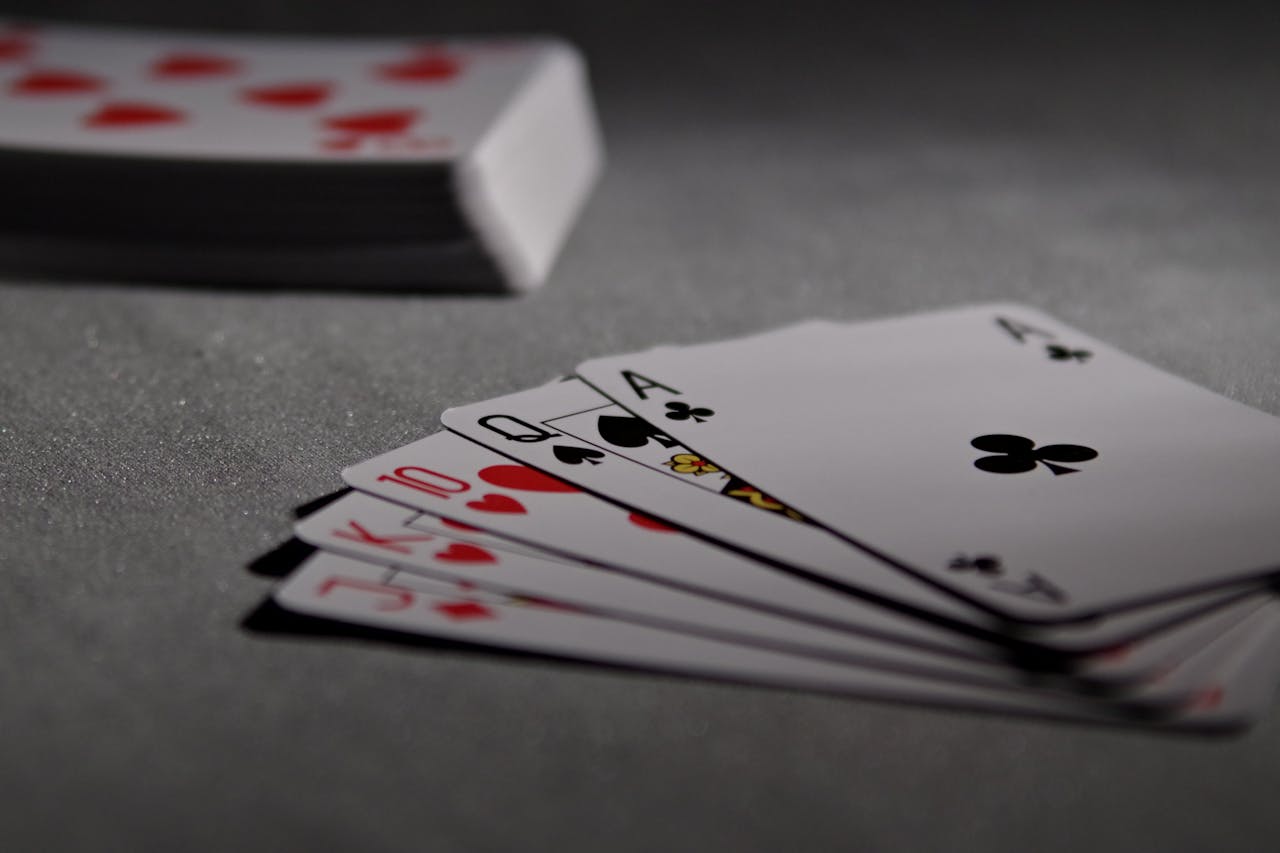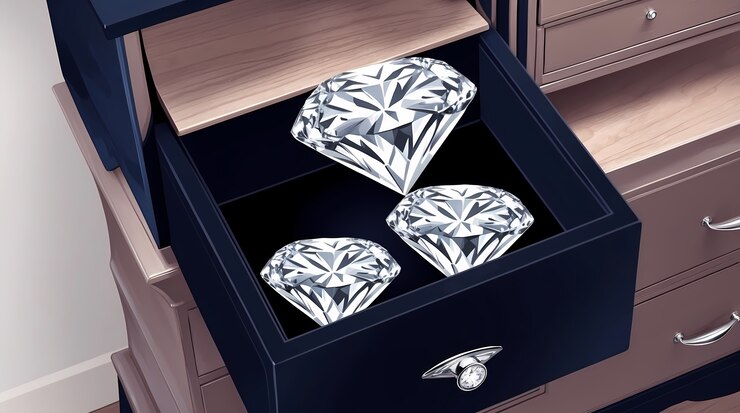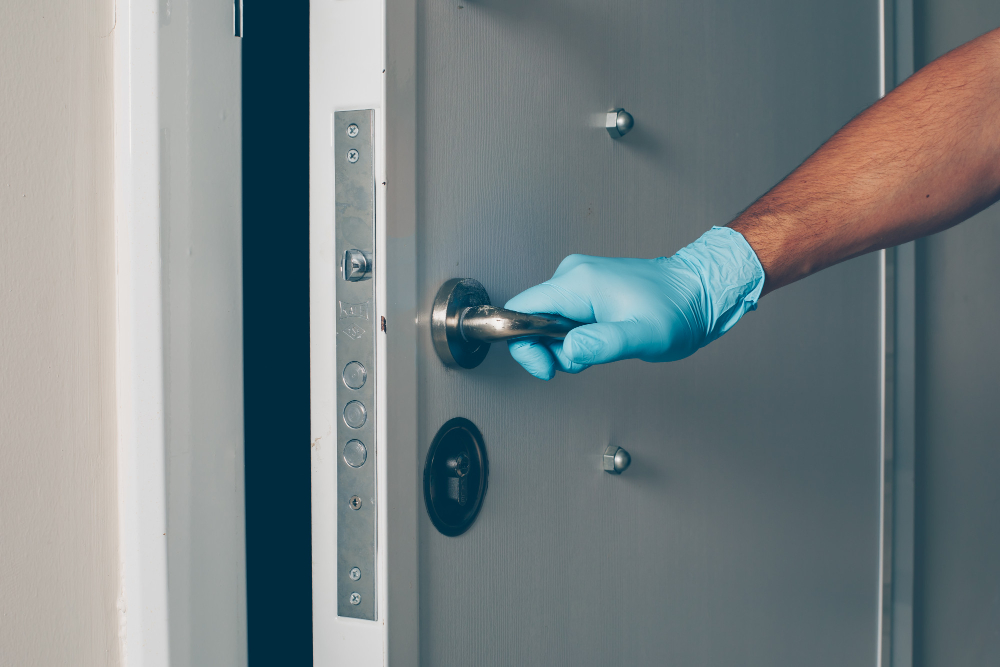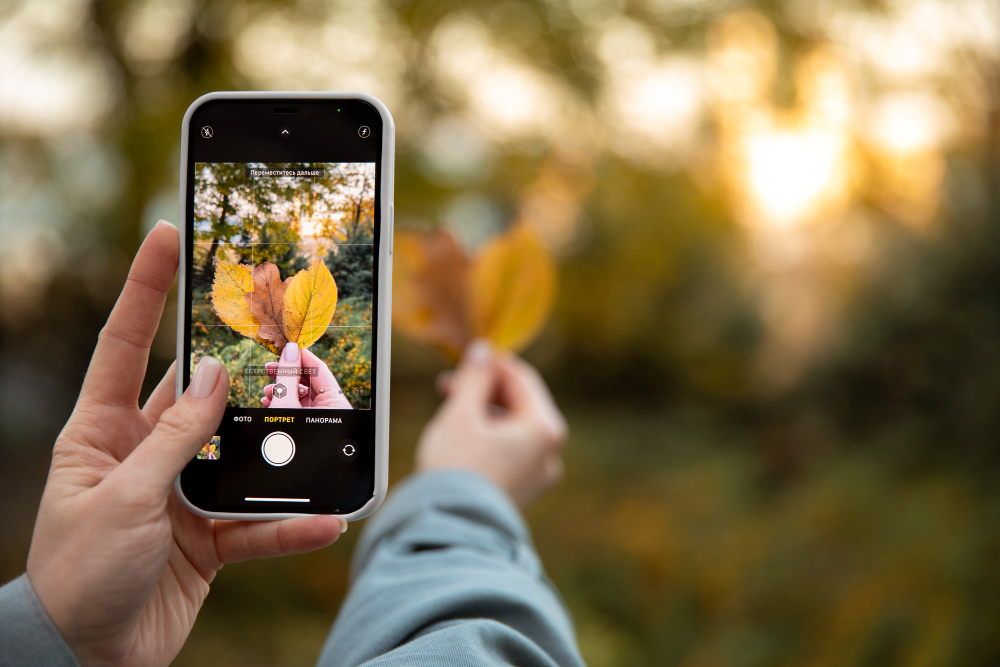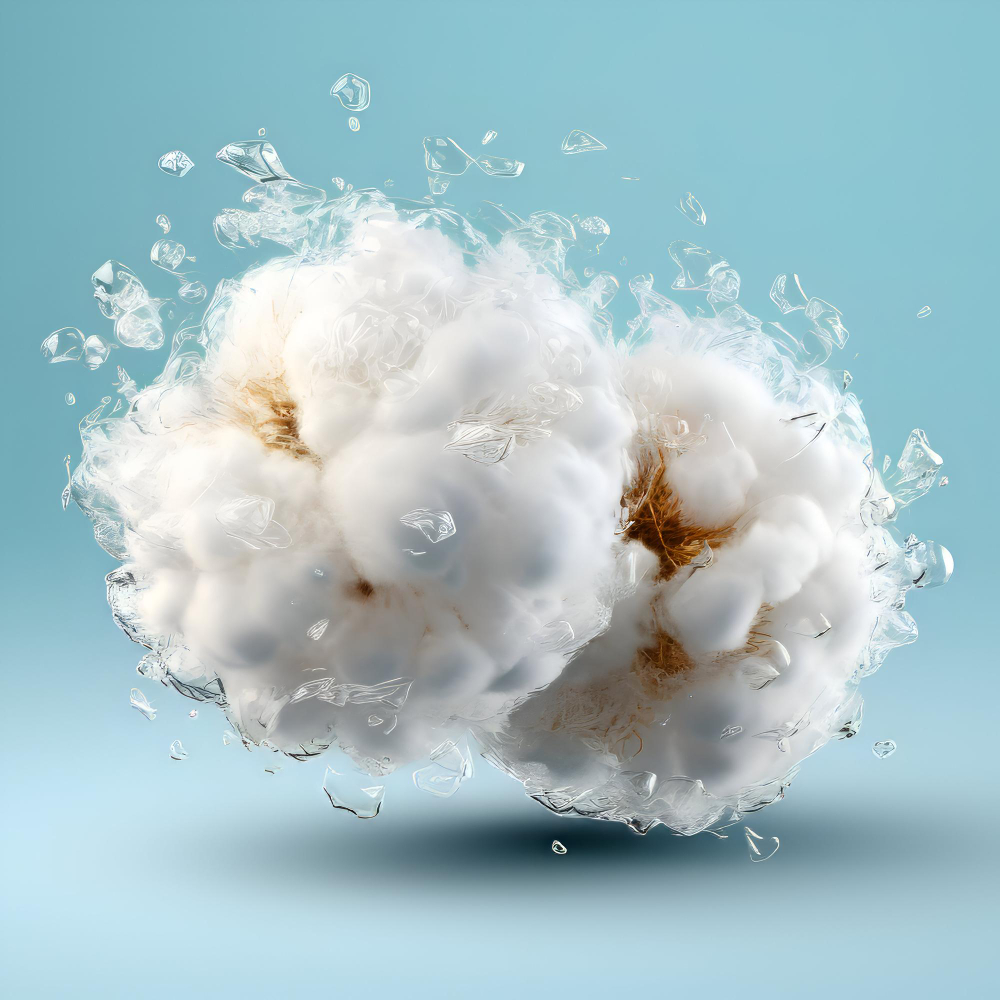When shopping for diamond alternatives, many people come across moissanite—a stunning, diamond-like gemstone that offers exceptional brilliance and durability at a fraction of the cost. But a common question arises: Are moissanite diamonds fake?
The short answer is no—moissanite is not a fake diamond, but it is a distinct gemstone with its own unique properties. In this blog post, we’ll explore:
- What moissanite is and how it differs from diamonds
- Why some people consider it “fake” (and why that’s not accurate)
- The benefits of choosing moissanite over diamonds
- Common misconceptions about moissanite
- How to decide if moissanite is right for you
By the end, you’ll have a clear understanding of moissanite and whether it’s the right choice for your jewelry needs.
What Is Moissanite? A Gemstone with a Unique Origin
Moissanite was first discovered in 1893 by French scientist Henri Moissan in a meteor crater. Initially, he thought he had found diamonds, but later realized they were silicon carbide crystals—a naturally occurring mineral that’s incredibly rare in nature.
Today, most moissanite used in jewelry is lab-created, making it an ethical and sustainable choice. Unlike cubic zirconia (CZ) or other diamond simulants, moissanite has its own chemical composition (SiC) and is not a synthetic diamond—it’s a completely different gemstone.
Key Differences Between Moissanite and Diamonds
| Property | Moissanite | Diamond |
|---|---|---|
| Hardness (Mohs Scale) | 9.25 | 10 |
| Brilliance (Refractive Index) | 2.65-2.69 | 2.42 |
| Fire (Dispersion) | 0.104 | 0.044 |
| Composition | Silicon Carbide (SiC) | Pure Carbon (C) |
| Origin | Mostly lab-grown | Mined or lab-grown |
| Price (1-carat equivalent) | $300-$600 | $2,000-$20,000+ |
As you can see, moissanite is harder than most gemstones (second only to diamonds), has more fire and brilliance, and is significantly more affordable.
Why Do Some People Think Moissanite Is Fake?
The idea that moissanite is a “fake diamond” comes from a few misconceptions:
1. It’s Often Used as a Diamond Alternative
Because moissanite looks similar to a diamond and is more affordable, many people use it as a diamond substitute in engagement rings and fine jewelry. However, this doesn’t make it fake—just like a sapphire isn’t a “fake ruby,” moissanite is its own gemstone.
2. It’s Lab-Created (But So Are Many Diamonds!)
Some people assume that because moissanite is lab-grown, it’s “fake.” However, lab-grown diamonds are also created in a lab, and they’re chemically identical to mined diamonds. Moissanite is simply a different mineral with its own unique properties.
3. Misleading Marketing Terms
Some sellers market moissanite as a “diamond simulant,” which can confuse buyers. While it resembles a diamond, it’s not an imitation—it’s a real, durable gemstone.
Benefits of Choosing Moissanite Over Diamonds
1. More Affordable (Without Sacrificing Beauty)
A high-quality 1-carat diamond can cost $5,000 or more, while a similar-sized moissanite might be $500 or less. This makes moissanite an excellent choice for budget-conscious buyers who still want a stunning, durable stone.
2. More Brilliant and Sparkly
Moissanite has a higher refractive index (2.65-2.69 vs. diamond’s 2.42), meaning it reflects more light and has more fire (colorful flashes). If you love sparkle, moissanite outperforms diamonds in this category.
3. Ethically Sourced & Eco-Friendly
Since moissanite is lab-grown, it doesn’t contribute to environmental damage or unethical mining practices associated with some diamond sources.
4. Extremely Durable
With a 9.25 on the Mohs hardness scale, moissanite is durable enough for daily wear (just slightly below diamond’s 10). It won’t scratch or cloud over time like cubic zirconia.
5. No Risk of “Blood Diamond” Concerns
Unlike diamonds, which can sometimes be linked to conflict zones, moissanite is always conflict-free.
Common Misconceptions About Moissanite
“Moissanite Looks Fake”
Early moissanite had a slight yellow/green tint, but modern moissanite is near-colorless (D-F range) and virtually indistinguishable from diamonds to the naked eye.
“Moissanite Is Just Like Cubic Zirconia”
Cubic zirconia (CZ) is a soft, inexpensive simulant that clouds over time. Moissanite is harder, more brilliant, and lasts a lifetime—making it a superior choice.
“Moissanite Has No Resale Value”
While moissanite doesn’t hold value like diamonds, neither do most mined diamonds (unless they’re rare or high-end). Jewelry is rarely an investment.
Is Moissanite Right for You?
Moissanite is perfect if you:
Want a diamond-like look without the high cost
Love extra sparkle and fire
Prefer an ethical, eco-friendly gemstone
Want a durable stone for everyday wear
However, if you highly value traditional diamond prestige or want a stone that holds resale value, a natural or lab-grown diamond might be a better fit.
Final Verdict: Moissanite Is Not Fake—It’s a Stunning Alternative
Moissanite is not a fake diamond—it’s a real, beautiful gemstone with its own unique qualities. While it’s often used as a diamond alternative, it stands on its own as a brilliant, ethical, and budget-friendly choice for fine jewelry.

